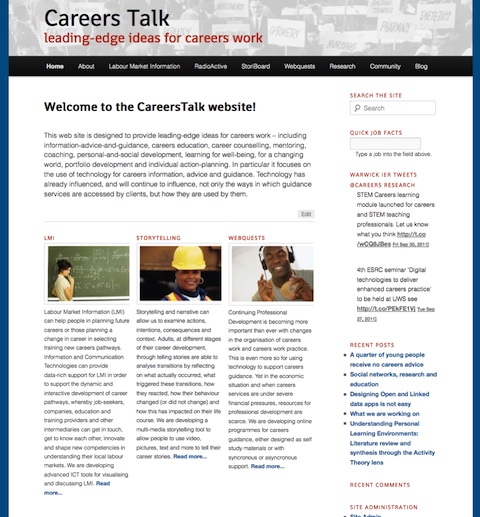UK apprenticeships just rebranded short training courses?
I have written several posts about the UK government’s new apprenticeship schemes. Although welcoming the attention being paid to apprenticeship, I drew attention to concerns about the quality and length of the new programmes, questioning whether many of the programmes could really be called apprenticeships. I also drew attention to concerns that allowing any short course to be called an apprenticeship would damage the credibility of apprenticeship schemes and qualifications.
Now it seems that senior officials at the UK government Department for Business, Innovation and Skills, responsible for the development of apprenticeship schemes, have expressed similar concerns.
A report in the Guardian newspaper says discussions over the past fortnight between senior officials have described politicians’ claims about the high apprentice numbers as “dishonest” as they do not reflect the actual demographics of those involved.
The Guardian says: “The government document acknowledges that problems of quality had been raised. in diminishing of quality has had been raised with them. “Growth review consultees have registered concerns about the quality of some apprenticeships, focusing in particular on the intermediate level dominated expansion, the value of some shorter apprenticeships and the increasing number of existing (older) employees in the programme.” It reports that the department has been warned “not to undermine the apprenticeship brand”.
One critic is reported as telling officials: “To badge some of the lower end training as apprenticeships misleads learners and employers as to its value.”
But while the document defends the inclusion of existing employees and older learners, it says: “If we remain committed to calling less substantial training activities an ‘apprenticeship’, it is important to be aware of the impact this may have on public perceptions of the brand.””
In a further report the Guardian education reporter Jessica Shepherd says that “some 422,700 people started apprenticeships of all kinds in the academic year just gone – a rise of more than half on the year before when the figure was 279,700.”
However she goes on to suggest that many of these are following courses rebranded from the previous Labour government’s Train to Gain programme, scrapped after critical Audit Office reports.
“Over-25s account for 40% of the total number of new apprentices. The growth in the number of under-19s starting apprenticeship has slowed. In the last academic year, it grew by 10%, from 17.5% the year before.
Then there’s the equally problematic issue of what sectors these apprenticeships are in. Ministers want the economy to be less reliant on retail and more on construction.
But while the number of apprenticeships started in retail and commercial enterprises rose by 63% in the last academic year, there was just a 5.3% increase in those started in construction, planning and the built environment. While the number starting apprenticeships in business, administration and law grew by more than 70%, those in engineering and manufacturing technologies rose by almost a quarter.”


